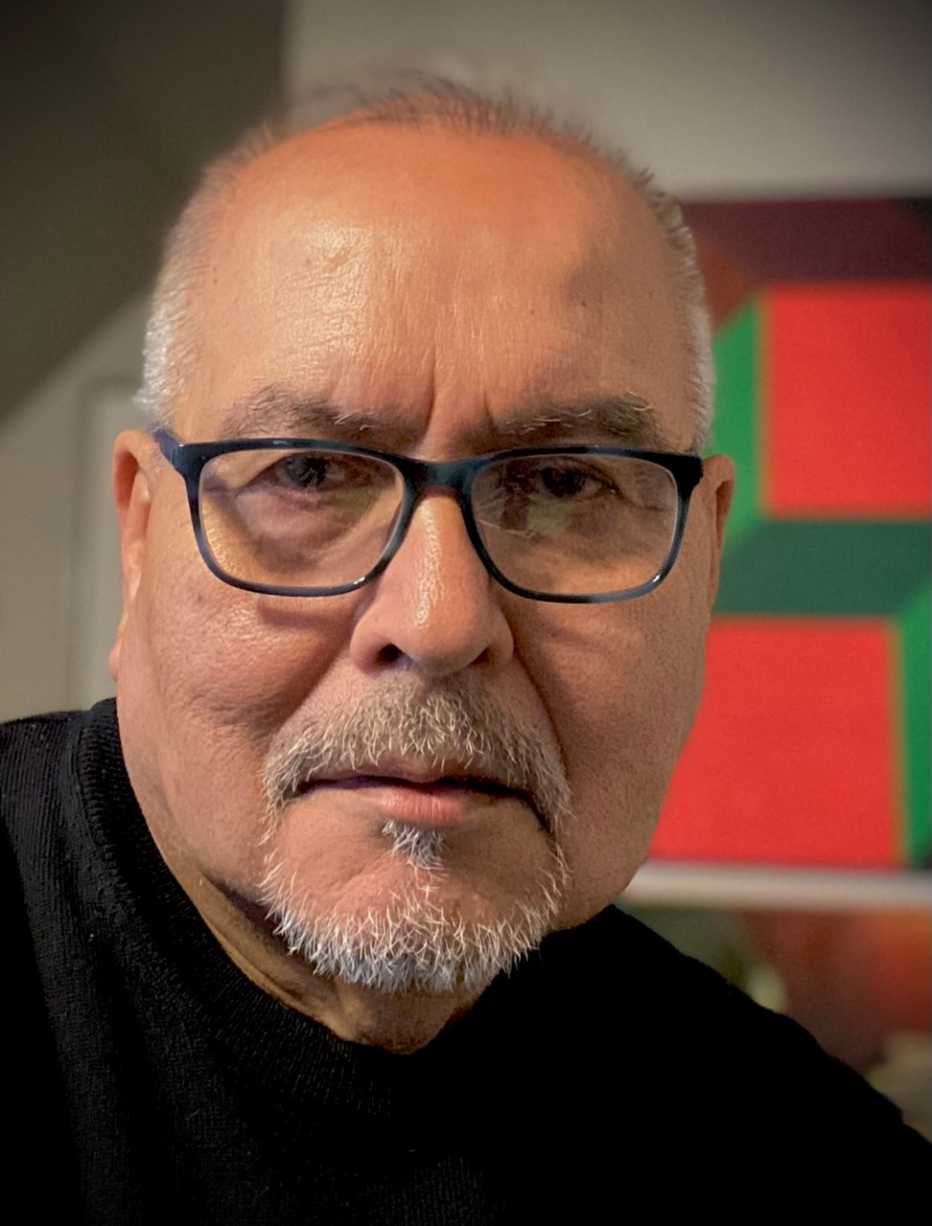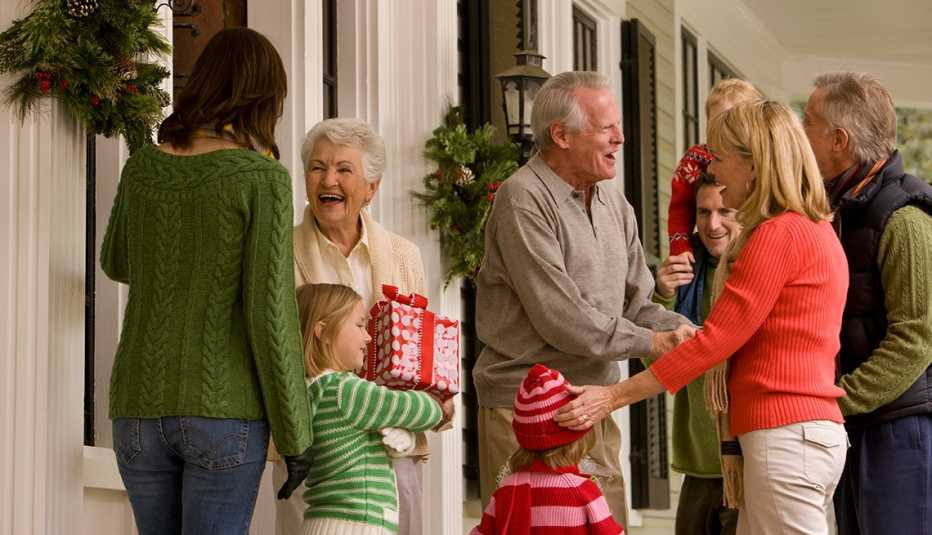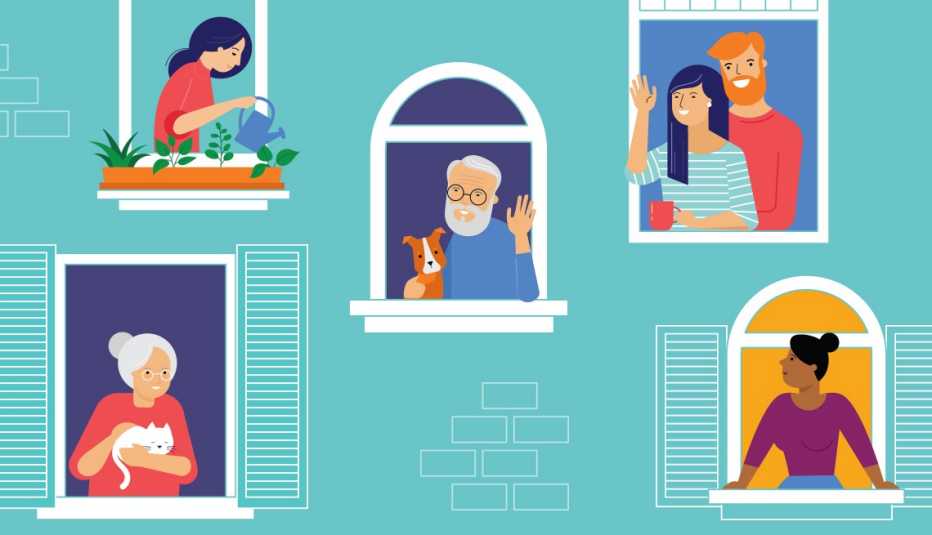AARP Hearing Center
Blame it on omicron. That’s what Lori Gladstone has been doing this year in deciding how to socialize while the variant’s virulent transmissibility looms.
Gladstone, of Plainview, New York, went to a late-January bridal shower for her soon-to-be daughter-in-law, but her sister didn’t attend because of omicron. Yet Gladstone, 62, and her husband had declined an invitation to a 60th-birthday party in Atlanta on March 12. Traveling that close to the March 26 wedding was a risk they didn’t want to take.
Such decisions seemed more straightforward last year, when COVID-19 cases ebbed and Gladstone traveled on planes, ate inside restaurants and felt comfortable in crowds when wearing a mask. But omicron’s arrival made her realize that no matter what she does, there’s always a risk.
“I do feel like at some point we’re all going to get omicron,” says Gladstone, a paralegal. She says she knows many people who, despite precautions, have been infected. “It’s not like they’ve been doing anything reckless.”
Gladstone isn’t alone in altering the way she socializes and makes decisions about socializing amid the omicron surge. For some, particularly the vaccinated and boosted, a bit of fatalism has entered the social space, and they may be willing to be out and about in ways they weren’t earlier in the pandemic. For others, after a respite over the summer, omicron has sent them back into “hunker down” mode.
In our constantly changing pandemic dynamic, omicron is shifting the way we socialize in five big ways.
1. Testing before social gatherings is becoming the norm
Milestone birthdays and anniversaries celebrated with family and friends were often virtual in 2020, with in-person gatherings gaining ground last year as vaccines and boosters allayed fears. This year, with omicron dominant, social psychologist Beverley Fehr, of the University of Winnipeg in Manitoba, Canada, says that “at some social gatherings, the host will require that people take rapid tests.”
“They’re gathering in person but trying to do it in a safer manner,” Fehr explains.







































































